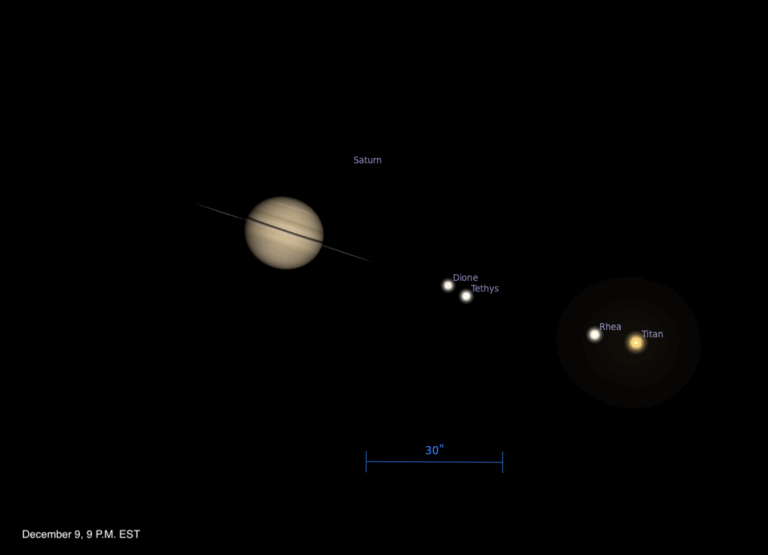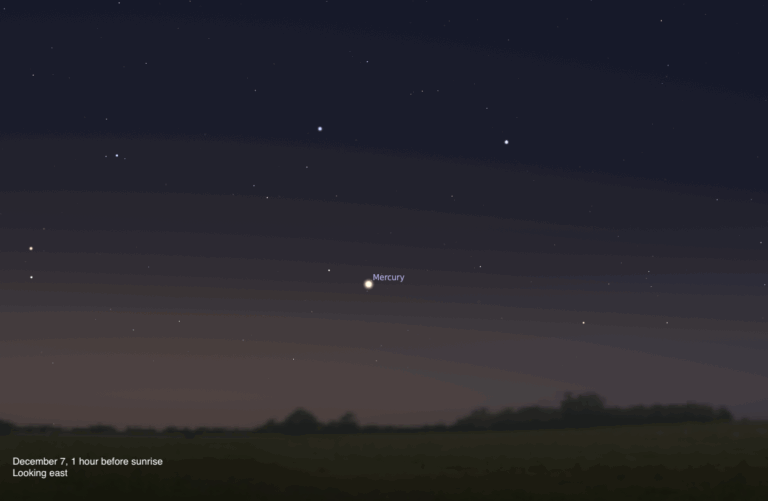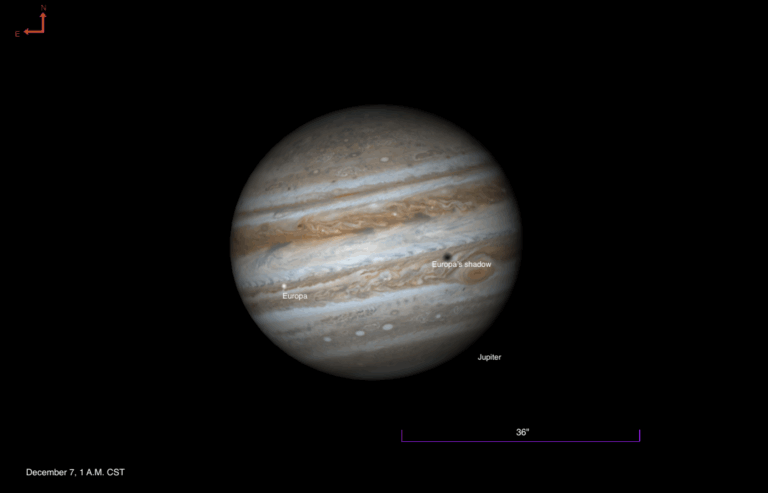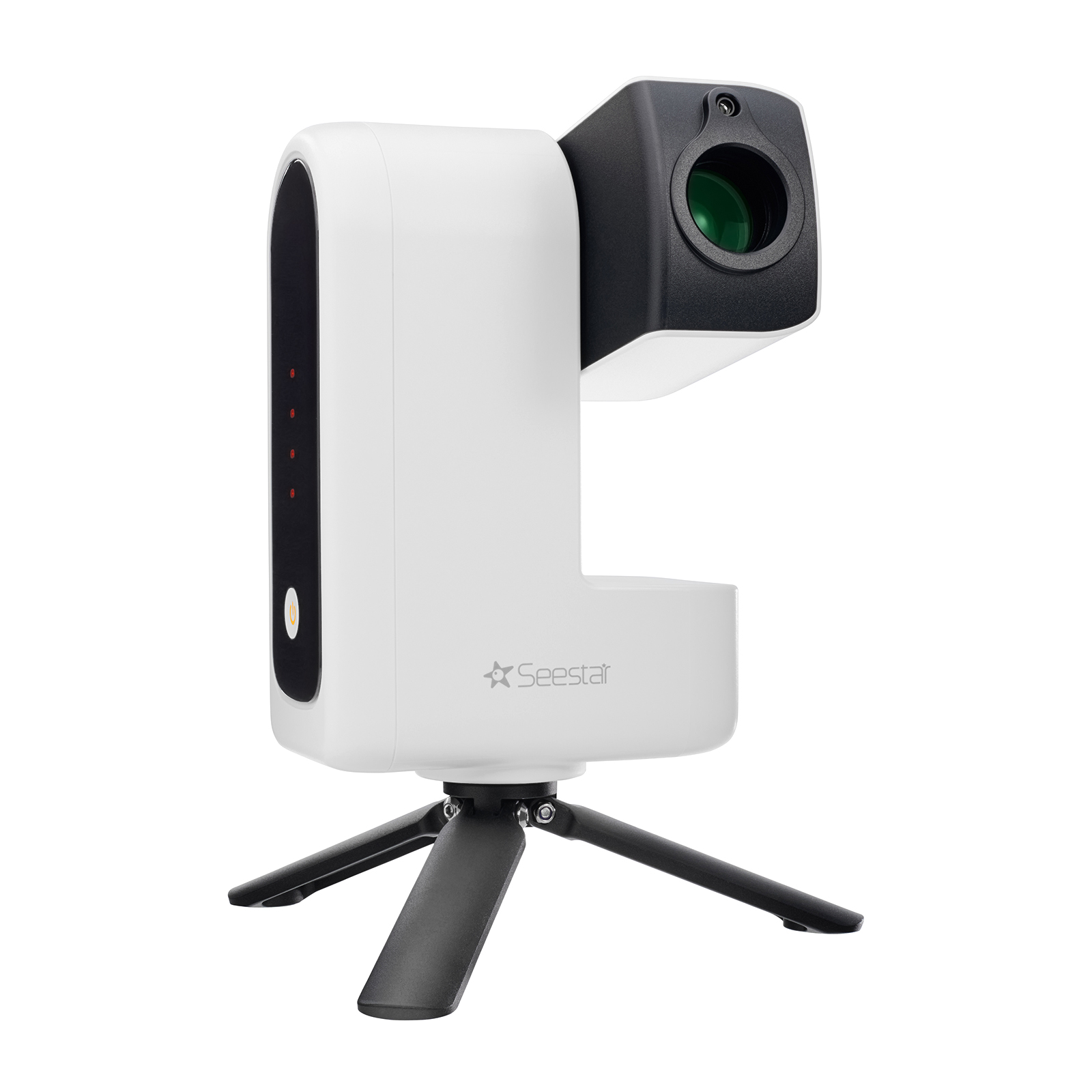
Key Takeaways:
- The Seestar S30 is introduced as a compact, all-in-one astroimaging system by ZWO, designed for capturing deep-sky objects through integrated optics, automated tracking, and a user-friendly software interface.
- Its core hardware features a 30mm f/5 apochromatic triplet lens with extra-low dispersion glass, a 150mm focal length, internal motors for precise slewing and tracking, and integrated filters including UV/IR-cut, dual-band (Hα/OIII), and dark frame capabilities.
- The system enables automated imaging sequences, stacking multiple short exposures in real-time to improve signal-to-noise ratio, and offers a scheduling function for autonomous multi-object observation, all managed via a companion app with AI denoising functionality.
- Weighing 1.65 kg and measuring 21 by 14 by 8 cm, the S30 is highly portable, powered by an internal rechargeable lithium battery providing up to six hours of continuous operation, and includes 64 GB of internal storage for captured data.
The smart telescope revolution continues to grow, with ZWO as one of the leading innovators. Last year, the company introduced the least expensive “smarty” yet: the Seestar S30.
The S30 is a compact, all-in-one astroimaging system. Like its larger sibling, the popular Seestar S50 (which I reviewed in the January 2025 issue), the S30 includes pretty much everything you need to capture impressive images of your favorite deep-sky objects. It comes with a small tabletop tripod, a USB-C charging cable, and a solar filter, all neatly stored in a custom-fitted soft carrying case. All you need to add is a clear sky.
What’s inside
At the heart of the Seestar S30 lies a 30mm f/5 apochromatic triplet lens, incorporating extra-low dispersion (ED) glass to minimize chromatic aberration and deliver sharp, high-contrast images. Its focal length of 150 millimeters is well-matched to the camera sensor and produces a field of view that is ideal for capturing large swaths of the sky (1.22° x 2.17° in normal mode).
The S30 is more than just optics — it’s a fully integrated imaging platform. Internal motors control the mount and lens assembly, providing quiet, precise tracking and automated slewing to targets. These motors are fast and responsive, which helps the telescope quickly acquire new targets and keep them centered during long imaging sessions. There’s no need for users to worry about polar alignment or locating objects; once set up, the Seestar does the heavy lifting.

Credit: Phil Harrington
Adding to the ease of use are the Seestar’s internal filters. Besides a permanent UV/IR-cut filter, there is also a dual-band (Hα/OIII) filter for imaging emission nebulae and a filter for taking dark frames to reduce noise in long exposures. These filters automatically deploy depending on the type of target selected in the app, though users have the option to manually select or deselect the dual-band filter.
Powering all this technology is a built-in rechargeable lithium battery. On a full charge, the Seestar S30 can operate for up to six hours of continuous use (less in cold weather). This is more than enough for a typical evening of stargazing or astrophotography, especially since the telescope goes into a low-power idle state when not actively imaging. The battery charges via an included USB-C cable. It’s also possible to run the telescope from an external power pack for even longer times, as I did for sunset-to-sunrise imaging sessions.
Internal storage rounds out the S30’s self-contained design. The device includes 64 GB of internal memory, 50 GB of which is available for data storage — enough to store many images and videos even during multi-night sessions. Images are saved directly to the telescope and can be viewed, downloaded, or shared later via the companion app. Files can also be uploaded directly to a computer with the USB-C cable.
All of this is housed in a cleanly designed durable white plastic body. The S30 weighs only 3.6 pounds (1.7 kg) and measures just 8.3 by 5.5 by 3.2 inches (21 by 14 by 8 cm). That’s light enough to fit in a backpack, making it perfect for star parties and camping trips. It’s also an ideal travel companion, whether you’re going by plane, train, or automobile.

Credit: Phil Harrington
Setup and use
One of the Seestar S30’s greatest strengths is how easy it is to get up and running. Everything arrives securely in the custom carrying case.
On my first night, I set up the S30 before sunset to get it connected to my phone (a tablet works, too). Initial setup involves pressing and holding the telescope’s power button for a couple of seconds until it beeps twice and announces, “Ready to Connect.” It then connects to the Seestar app via the S30’s internal Wi-Fi network. This “Access Point Mode” is ideal for first-time use, as well as in remote areas without internet access.
For future sessions, however, “Station Mode” is a better choice. Station Mode allows the S30 to connect to your home Wi-Fi network. This mode not only enables more stable and extended-range operation, it also helps with firmware updates, app notifications, and even remote operation from inside your home. The latter is an especially welcome feature on cold nights as well as during mosquito season.
The Seestar app is the soul of the system, and it continues to evolve with each update. Its intuitive interface is divided into a star atlas, object catalog, image gallery, and imaging controls. The star atlas is beautifully rendered, offering a live sky map that overlays the positions of stars, planets, and deep-sky objects based on your location and time. Tapping on any visible object brings up a detailed description, an image preview, and a “GoTo” button that instantly and silently slews the telescope to center the target in the field of view. The app also offers an optional “EQ mode” to reduce field rotation during long exposures, which is especially useful for capturing faint deep-sky objects.
After the scope self-aligns to the sky, aiming the S30 and taking images is as simple as selecting a target, framing the shot, and pressing “Capture.” The Seestar then begins a fully automated imaging sequence. It takes multiple short exposures and stacks them in real time using sophisticated alignment algorithms. This stacking process improves signal-to-noise ratio and enhances detail.
ZWO has also included a scheduling feature that I found extremely useful. This let me plan an entire night’s observing session in advance by queueing up a list of objects to image, and setting start and end times. After dark, all I had to do was choose “Execute” and the Seestar operated autonomously throughout the night. Combined with the automatic tracking and filter selection, the scheduling function essentially transforms the S30 into a mini robotic observatory.
Image quality can be enhanced using the app’s AI Denoising function. This feature, which can be activated during or after image capture, reduces background noise while preserving fine detail. Unlike older denoising techniques that tended to blur the image, the Seestar’s AI algorithm is remarkably refined. Nebulae maintain their structure, stars remain sharp, and the background becomes smoother and more natural looking. Image quality may be further enhanced using third-party apps, such as Siril, Photoshop, and GIMP.

Credit: Phil Harrington
Imaging
When I aimed the S30 skyward, my first target was the Hercules Cluster (M13). As each 10-second subframe was added to the image, I watched on my phone’s screen as the cluster resolved beautifully into individual pinpoints. I was further amazed that the S30 also recorded the 12th-magnitude galaxy NGC 6207 that lies ½° northeast of M13, as well as the 13th-magnitude galaxy IC 4617, which sits ¼° to the cluster’s northeast. Not bad for a 20-minute total exposure using a 30-mm aperture under light-polluted suburban skies.
I was very impressed with images of several showpiece galaxies, including the pair Bode’s Galaxy (M81) and the Cigar Galaxy (M82), the Whirlpool Galaxy (M51), the Needle Galaxy (NGC 4565), and the Southern Pinwheel Galaxy (M83). Each revealed a level of detail that belied the 30-mm aperture.
The S30 also captured stunning images of nebulae. Despite the presence of a nearly Full Moon low in the sky, both the Witch’s Broom (NGC 6960) and the Eastern Veil Nebula (NGC 6992) turned out beautifully. After using the AI-based denoising to reduce image noise, I imported each image into GIMP (a free and open-source image editor) to enhance them by adjusting brightness and contrast (a process known as stretching). This revealed fine details that weren’t visible in the original images.
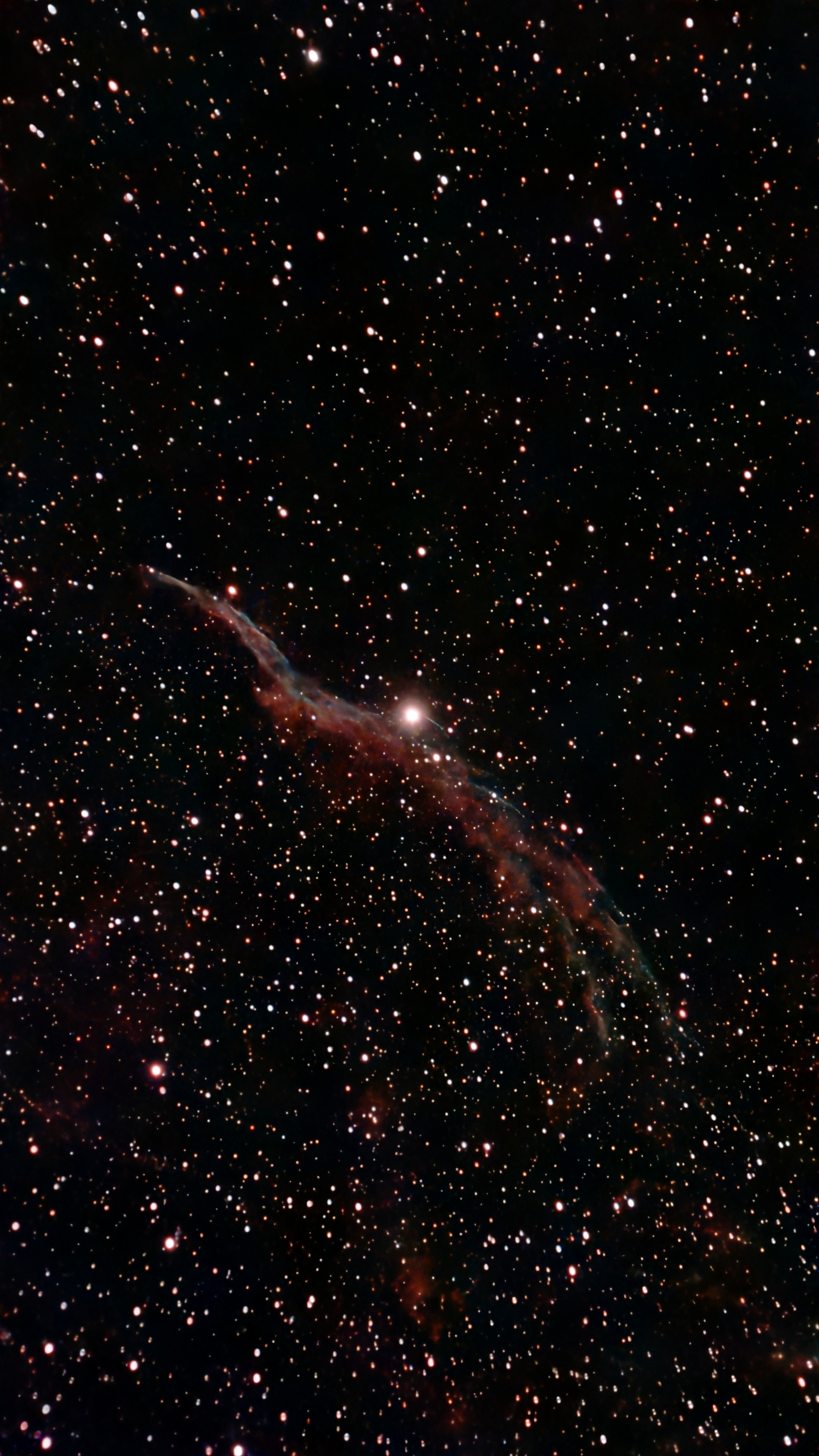
Credit: Phil Harrington
Conclusion
ZWO has another big winner with the Seestar S30. The S30 is an outstanding combination of optics, automation, and user-friendly software all at an amazingly low price. Its compact design, advanced features, and intelligent app make it one of the most approachable smart telescopes on the market today. Whether you’re just wading into the shallow end of the astroimaging pool or looking for a compact, travel-friendly companion to a larger rig, the Seestar S30 promises an enjoyable experience under the stars. I only wish I had one when I first started out on my own astronomical journey.
Phil Harrington is a contributing editor of Astronomy and an equipment guru who always wishes products came out 20 years before they appeared.
PRODUCT INFORMATION
ZWO Astro Seestar S30
Aperture: 30 millimeters
Lens: Apochromatic triplet
Focal ratio: f/5
Focal length: 150 millimeters
Sensor: IMX662
Resolution: 1920×1080
Mount: Alt-azimuth
Slew rate: 1x to 1440x
Weight: 3.64 pounds (1.65 kg)
Dimensions: 8.3 by 5.5 by 3.2 inches (21 by 14 by 8 cm)
Price: $399
Contact: ZWO
Moon Bay Road 6#
Suzhou Industrial Park
Jiangsu Province, China
+86-512-6592-3102


